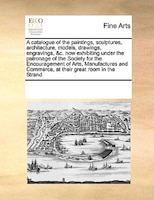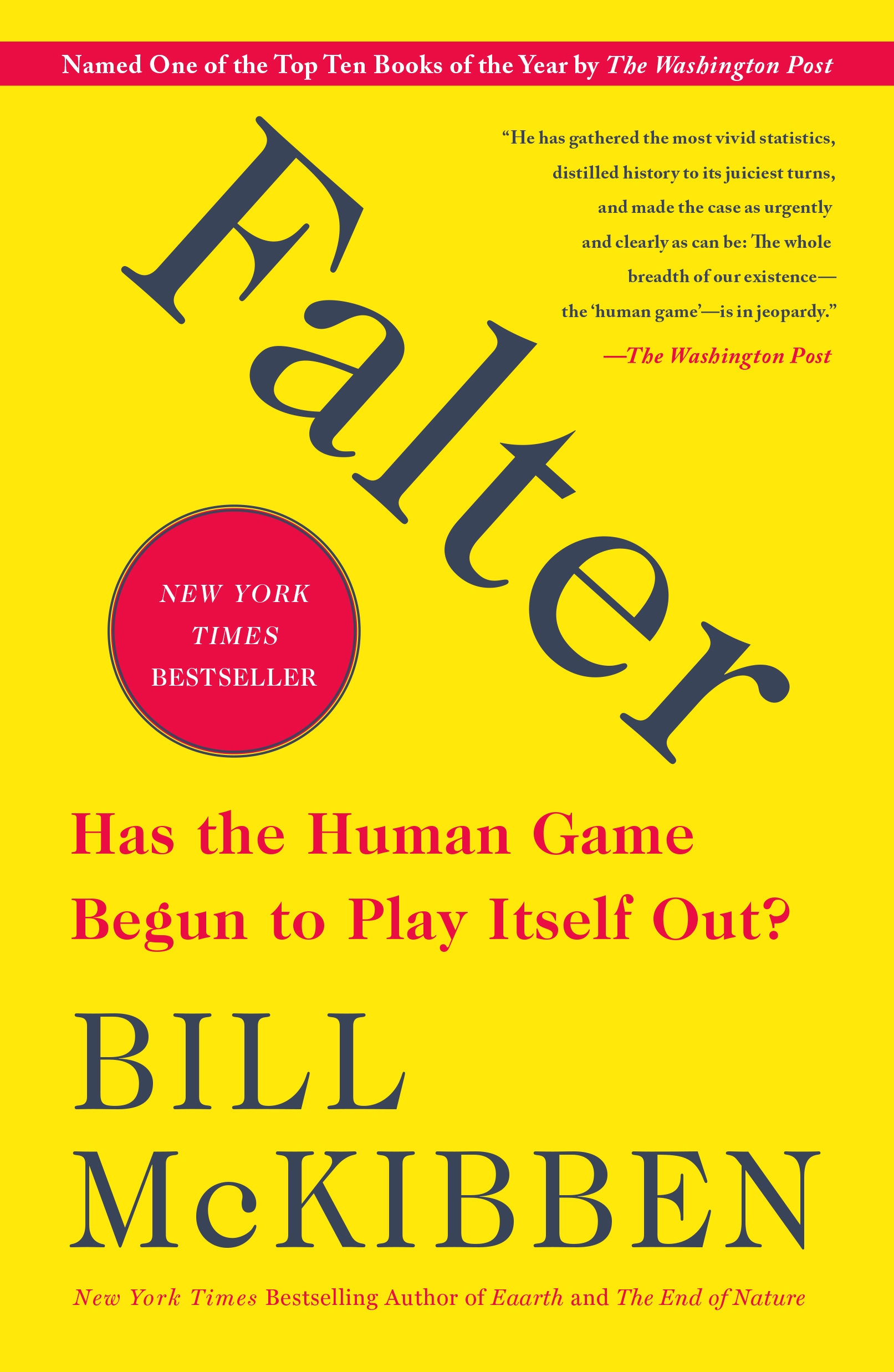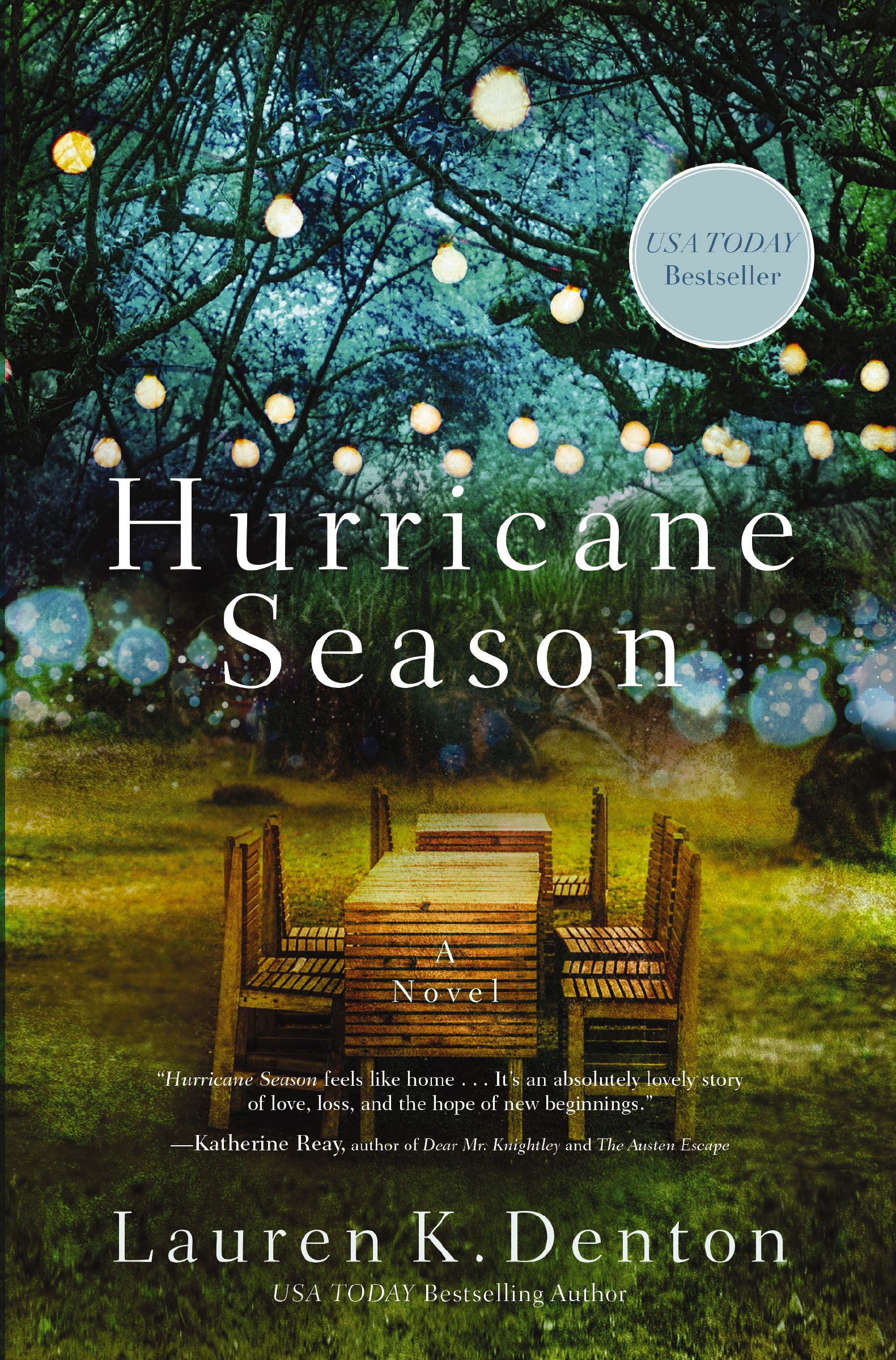A Catalogue Of The Paintings, Sculptures, Architecture, Models, Drawings, Engravings, &c. Now Exhibiting Under The Patronage Of Th
by See Notes Multiple Contributors
2021-01-02 23:52:44
A Catalogue Of The Paintings, Sculptures, Architecture, Models, Drawings, Engravings, &c. Now Exhibiting Under The Patronage Of Th
by See Notes Multiple Contributors
2021-01-02 23:52:44
The 18th century was a wealth of knowledge, exploration and rapidly growing technology and expanding record-keeping made possible by advances in the printing press. In its determination to preserve the century of revolution, Gale initiated a revoluti...
Read more
The 18th century was a wealth of knowledge, exploration and rapidly growing technology and expanding record-keeping made possible by advances in the printing press. In its determination to preserve the century of revolution, Gale initiated a revolution of its own: digitization of epic proportions to preserve these invaluable works in the largest archive of its kind. Now for the first time these high-quality digital copies of original 18th century manuscripts are available in print, making them highly accessible to libraries, undergraduate students, and independent scholars.
The eighteenth-century fascination with Greek and Roman antiquity followed the systematic excavation of the ruins at Pompeii and Herculaneum in southern Italy; and after 1750 a neoclassical style dominated all artistic fields. The titles here trace developments in mostly English-language works on painting, sculpture, architecture, music, theater, and other disciplines. Instructional works on musical instruments, catalogs of art objects, comic operas, and more are also included.
++++
The below data was compiled from various identification fields in the bibliographic record of this title. This data is provided as an additional tool in helping to insure edition identification:
++++
British Library
T028766
The money from the sale of catalogues was intended for "relief of distressed and decayed artists, their widows and children."
London: printed by James Harrison, 1763. 16p.; 4
Less






























